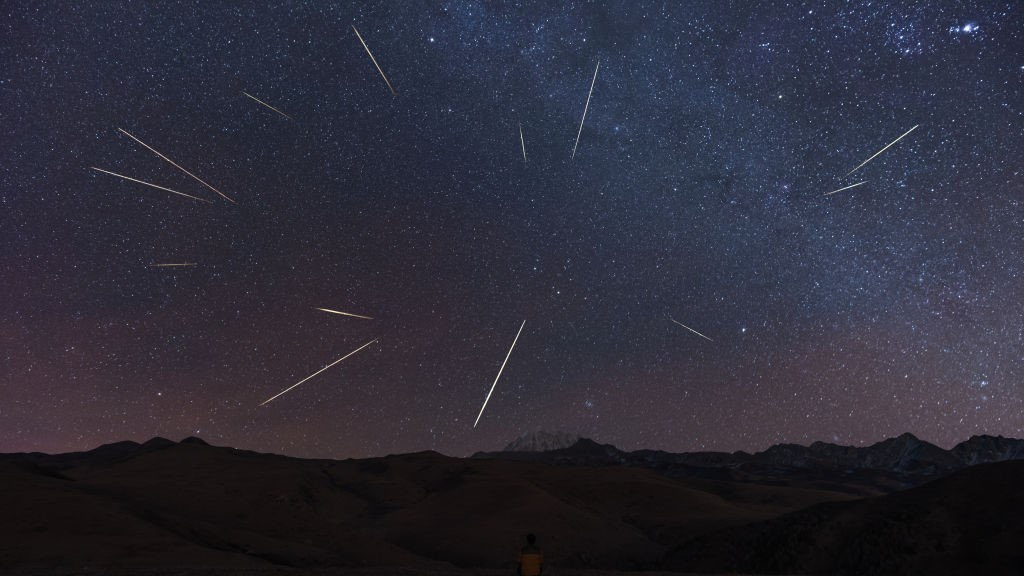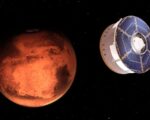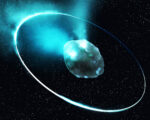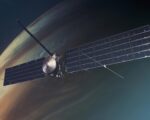Earth experiences a constant influx of meteorites, most of which disintegrate in our atmosphere before making contact with the surface. However, some do survive, and significant impacts can have dramatic effects on our planet. Through extensive research, scientists have confirmed that the vast majority of these meteorites originate from the asteroid belt, located between Mars and Jupiter. This belt is filled with rocky remnants from the early solar system, and new research is shedding light on which specific asteroid sources contribute to Earth’s meteorite collection.
Identification of Asteroid Families
An international team of researchers has pinpointed three main asteroid families in the belt that are responsible for a large proportion of meteorites landing on Earth. According to their study, the Karin, Koronis, and Massalia families are the primary contributors, accounting for about 70 percent of all meteorites collected on our planet. These families formed as a result of collisions millions of years ago: the Karin family roughly 5.8 million years ago, the Koronis family around 7.5 million years ago, and the Massalia family approximately 40 million years ago. Of these, the Massalia family stands out, being linked to 37 percent of all known meteorites.
Methodology of Research
The research team used a combination of telescopic surveys and computer simulations to conduct their study. The telescopic surveys helped in analyzing the mineral composition of the asteroid families, while the simulations modeled the long-term evolution and movement of these asteroid fragments. This dual approach allowed scientists to track how these fragments made their way from the asteroid belt to Earth’s orbit. In the past, only about 6% of meteorites had clear origins linked to bodies like the Moon, Mars, or Vesta. The sources of the remaining 94% were ambiguous, making these findings a significant advancement in planetary science.
Implications for Future Research
The identification of these young asteroid families has implications for understanding the solar system’s history and the potential threats posed by near-Earth objects. By pinpointing these sources, scientists can better predict the frequency and type of meteorite impacts Earth might face in the future. Moreover, understanding the timeline of these collisions and the subsequent dispersion of asteroid fragments provides valuable insight into the asteroid belt’s dynamic nature. Future research may focus on how these findings can contribute to planetary defense strategies and space exploration missions targeting these asteroid families.


















